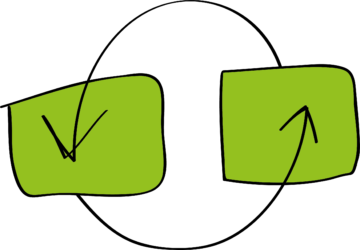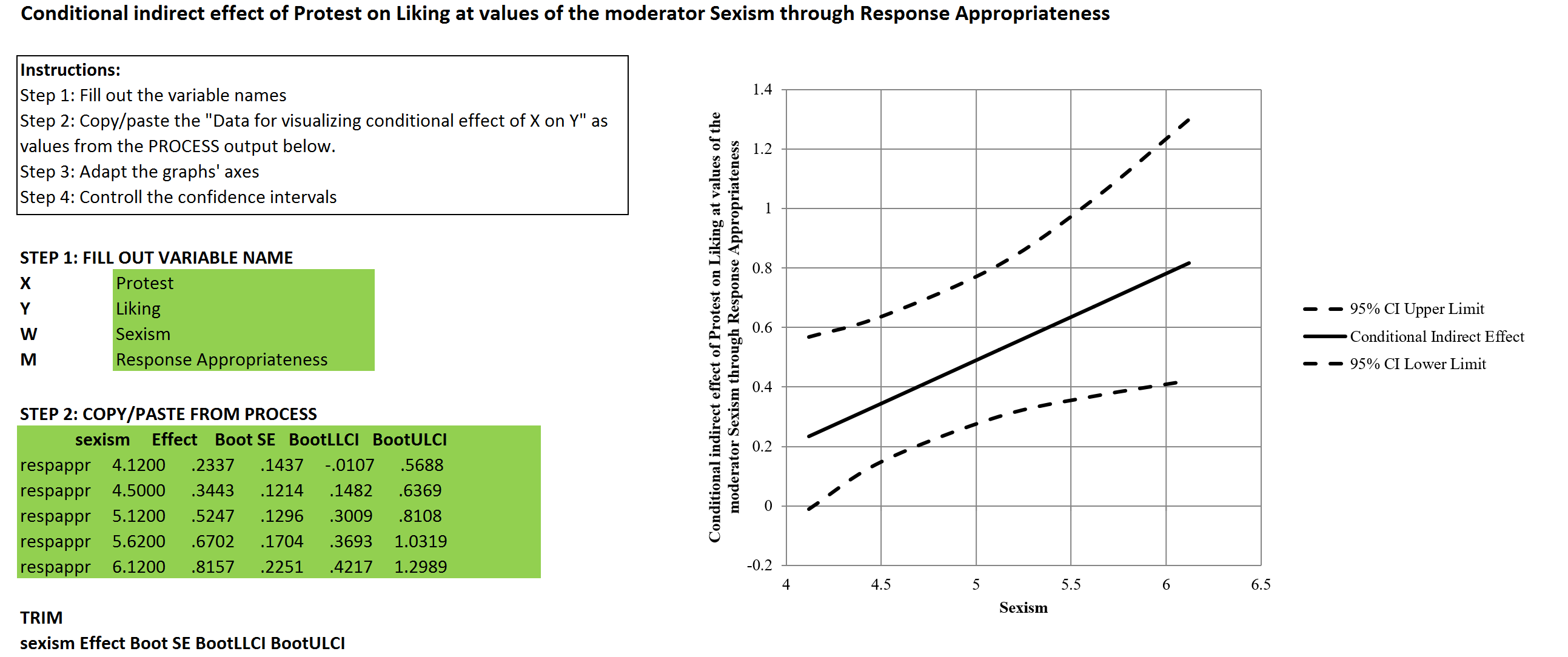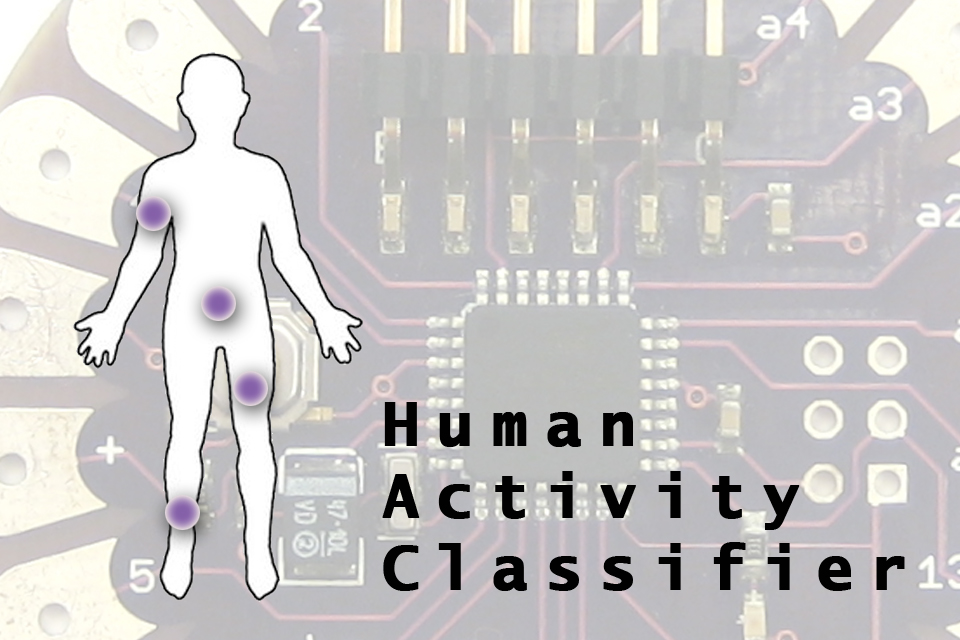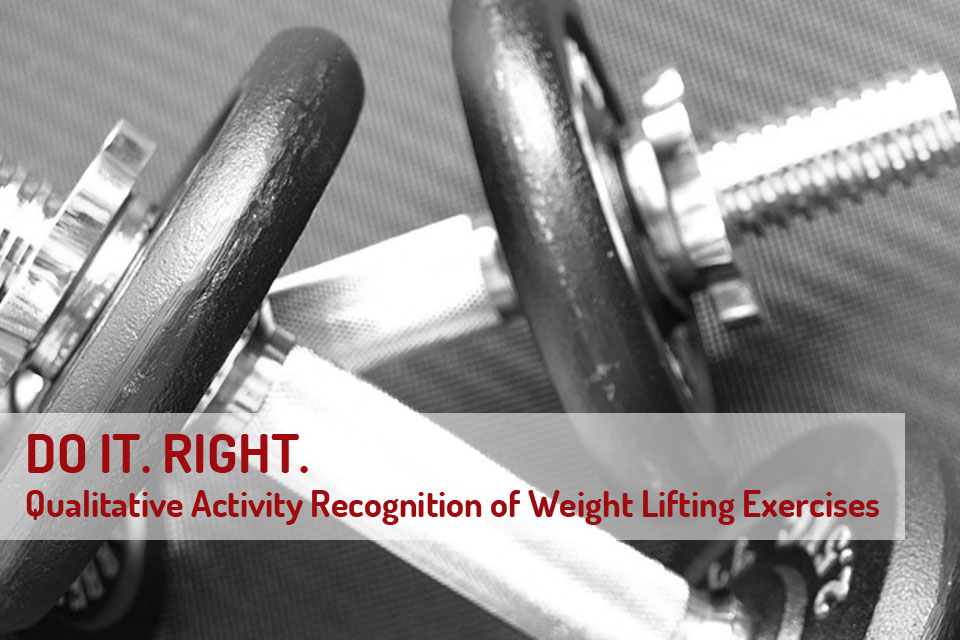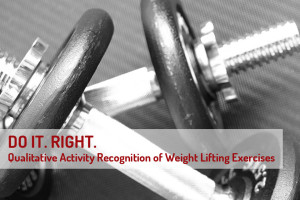Stress, Satisfaction and Self-Evaluation
This short blog is about exploring the relationships between stress, satisfaction and self-evaluation. For an assignment of the course Introduction to Psychology, I had to gather 20 responses to answer some questions. Due to the huge amount of responses, I thought it could be nice to share the results to thank all of you for your participation. Continue reading “The effect of Stress on Satisfaction and Self-Evaluation”

